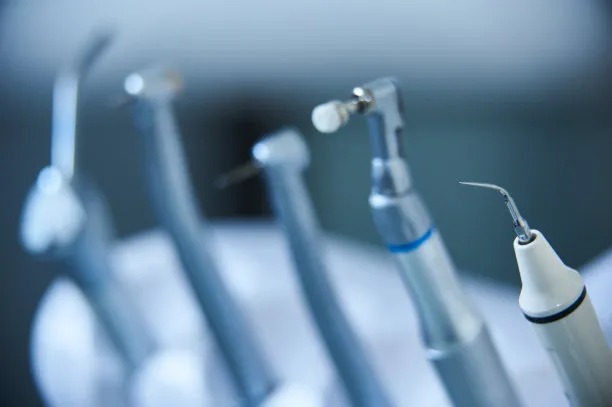The Essential Guide to Extracting a Tooth Safely and Effectively at Home or by a Professional Dentist
Summary: Extracting a tooth can be a daunting task, whether youre considering doing it at home or seeking the expertise of a professional dentist. This guide aims to provide an overview of safe and effective tooth extraction methods, focusing on the necessary preparations, understanding the procedure, aftercare, and when to consult a dentist. By following this guide, individuals will gain critical insights on making informed decisions, thereby ensuring a smoother experience regardless of their choice.
1. Preparing for Tooth Extraction

Before undertaking a tooth extraction, whether at home or in a dental office, preparation is key. Begin by consulting with a healthcare professional who can assess your dental health and determine the complexity of the extraction. This assessment is crucial, as some extractions may need specialized intervention.
Next, gather all necessary tools if you decide to proceed at home. Essential items include sterile gloves, antiseptics, gauze, and pliers designed specifically for dental purposes. It’s important to ensure that all these tools are clean and properly sterilized to minimize the risk of infection.
Lastly, it’s advisable to have a supportive person present during the extraction process. They can assist you in case of any complications and help you remain calm through the procedure. A proper understanding of the risks involved will lead you to a better extraction experience.
2. Understanding the Extraction Procedure
The tooth extraction process differs significantly depending on whether a professional dentist is handling it or if you decide to undertake it at home. A dentist will typically begin by administering anesthesia to numb the area, ensuring a pain-free experience.
For at-home extraction, if you are not familiar with the procedure, it can be daunting. However, the fundamental steps include loosening the tooth using the appropriate tools and applying consistent pressure until the tooth is dislodged. Nonetheless, caution is paramount since improper techniques can lead to severe complications.
In both scenarios, post-extraction, the area must be effectively cleaned to prevent infection. For professional extractions, dentists often provide comprehensive care options, while at-home procedures require meticulous attention to hygiene to avoid adverse outcomes.
3. Aftercare Following Tooth Extraction
Aftercare is a vital aspect of the tooth extraction process, regardless of how the extraction was performed. Following the procedure, ensure that you bite down on a gauze pad for several hours; this helps control bleeding and promotes clotting.
Next, restricting physical activity is crucial for the first 24 hours. This precaution minimizes the risk of dislodging the blood clot, which can lead to a painful condition known as dry socket. Pain management is also essential during the recovery phase; over-the-counter medications can help alleviate discomfort.
Another crucial aspect of aftercare is maintaining a soft food diet for a few days post-extraction. Avoiding hot, spicy, or hard foods will aid in the healing process and prevent irritation to the extraction site. Hydrating effectively is also essential, but remember to avoid using straws as the suction can disturb blood clot formation.
4. When to Consult a Dentist
Despite taking all precautions, some circumstances call for immediate dental care. If you experience severe or persistent pain that worsens after the first few days, it’s crucial to seek professional assessment. Similarly, if you notice excessive swelling or discolored pus, these could indicate an infection that warrants prompt treatment.
Individuals with underlying health issues, such as a compromised immune system or diabetes, should always consult a dentist before considering tooth extraction. In these cases, professional supervision minimizes risks and ensures that complications are swiftly managed.
Moreover, if you experience continuous bleeding beyond the first few hours post-extraction, it may be a sign that something is amiss. Consulting a dentist in these instances not only provides relief but also guarantees proper care, promoting a healthier and smoother recovery.
Summary:
In summary, extracting a tooth, whether at home or through a professional, requires careful consideration and preparation. Familiarizing yourself with the procedure, meticulously undertaking aftercare, and recognizing when to seek dental help are crucial elements in ensuring a safe extraction process.
This article is compiled by Vickong Dental and the content is for reference only.


